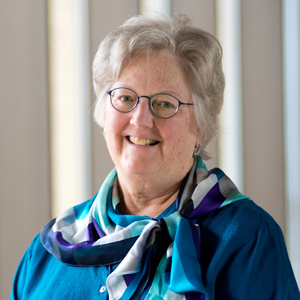
A recent analysis from the Tribal Tobacco Use Project Survey of 964 urban American Indian residents in Minnesota’s Hennepin County and Ramsey County in 2011 found a high prevalence of cigarette smoking among persons aged 25-44 years (72 percent). Among all survey respondents 59 percent were current smokers, 19 percent were former smokers, and 22 percent had never smoked.
Furthermore, the smoking rate and secondhand smoke exposure is still high despite being covered by Minnesota’s strong smoke-free law.
American Indians have the highest rates of commercial tobacco use of any racial/ethnic group in the U.S., and despite the progress made in reducing the national smoking rate to an all-time low, the survey data shows that big disparities remain.
“Tobacco control as we are doing it in Minnesota is working for the population as a whole but not for American Indians,” says Jean Forster, first author of the study and professor in the School of Public Health. “The huge and deadly disparity in cigarette smoking rates and exposure to secondhand smoke must be addressed.”
Researchers suggest investigating a culturally appropriate approach to reducing commercial tobacco use and recognizing the role traditional tobacco use has in the American Indian community.
Some possible approaches may include engaging traditional healers and respected elders, linking prevention of non-ceremonial tobacco use to respect for traditional tobacco use, and addressing tobacco addiction in the context of social determinants of health specific to American Indians.
